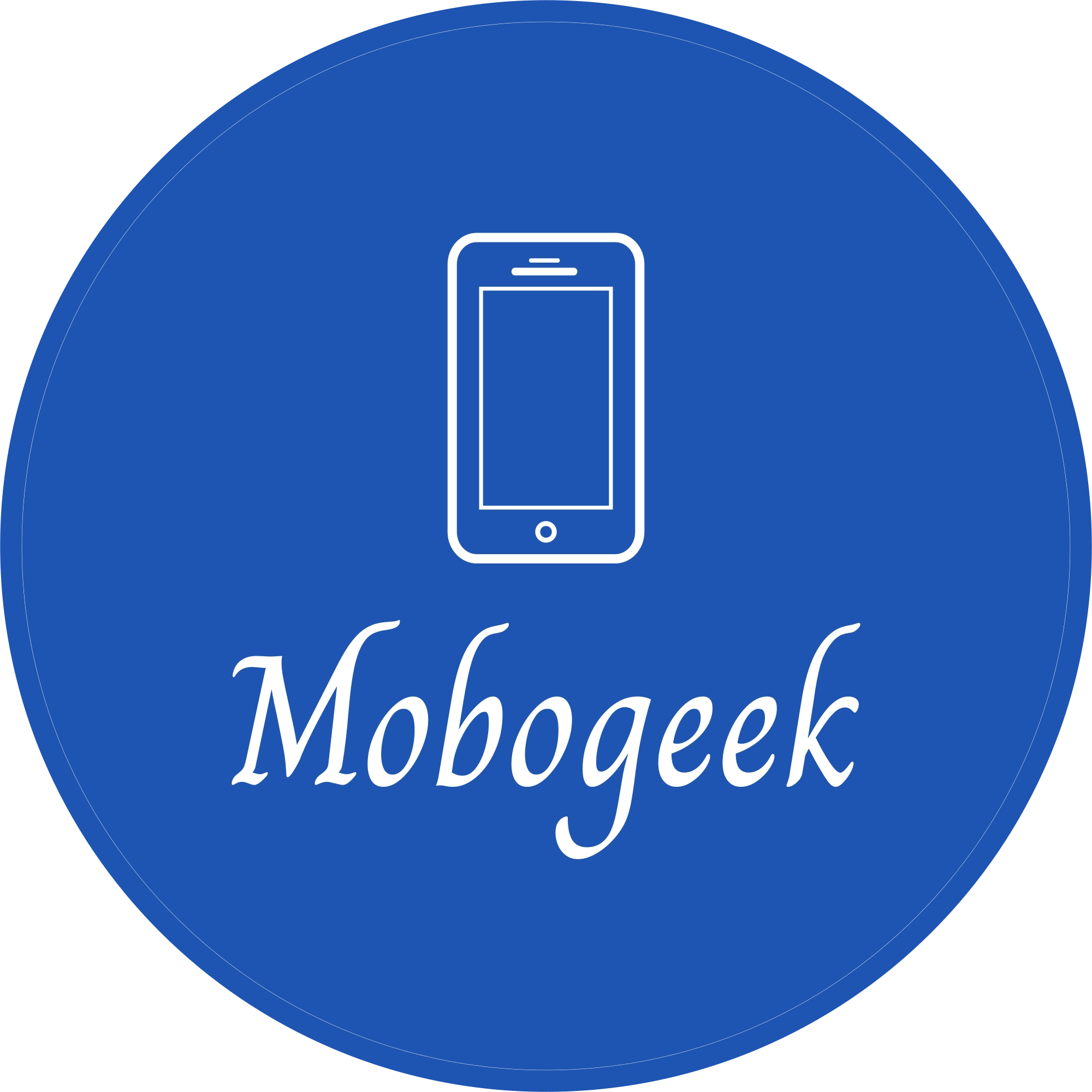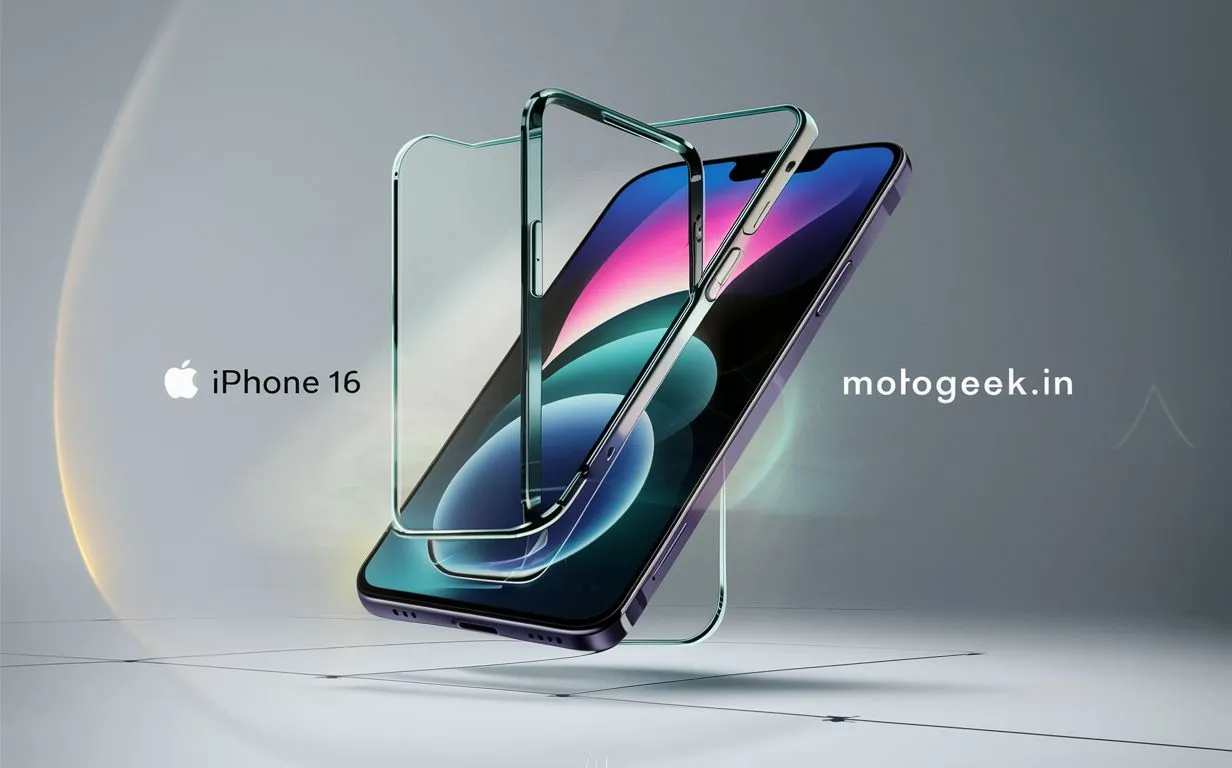Apple is known for its relentless pursuit of innovation. In its latest stride towards perfection, Apple introduces the revolutionary Border Reduction Structure (BRS) technology. This cutting-edge technology is poised to redefine the visual experience of the iPhone 16 series, promising sleeker designs and enhanced display capabilities.
Understanding BRS in iPhone 16 Series
BRS, short for Border Reduction Structure, is a breakthrough technology aimed at minimizing the bottom bezel, commonly referred to as the “chin,” across all variants of the iPhone 16 series. The primary focus of BRS lies in the strategic utilization of copper wires rolled up underneath the display panel, effectively reducing the bezel size and optimizing screen real estate.
Apple’s Strategic Implementation of BRS
The implementation of BRS in the iPhone 16 series marks a significant milestone in Apple’s pursuit of technological excellence. Collaborating with leading display suppliers such as Samsung Display, BOE, and LG Display, Apple ensures widespread adoption of this innovative technology. However, the success of BRS hinges on the yield rate of production, with industry experts closely monitoring its implications on mass production.
Evolution of Display Size and Type
In line with its commitment to offering unparalleled user experiences, Apple unveils subtle yet impactful changes in the display size and type across the iPhone 16 series. While the regular iPhone 16 and iPhone 16 Plus maintain the size and type of panels from previous models, the Pro variants are poised to receive slight upgrades. Market predictions hint at larger displays for the iPhone 16 Pro and Pro Max, enhancing the overall viewing experience for users.
Insights into Advanced Display Technology
The incorporation of LTPO (Low Temperature Polycrystalline Oxide) panels underscores Apple’s dedication to technological advancement. These panels not only offer improved efficiency but also pave the way for smoother interactions and enhanced battery life. With LTPO panels at the helm, users can expect a seamless transition between tasks and a more immersive multimedia experience.
Delays in Under-Display Technology (UDC)
Despite rumors surrounding under-display technology (UDC) aimed at concealing sensors, Apple faces unforeseen delays in its implementation. The ambitious endeavor to hide components such as the camera or Face ID behind the display remains elusive, with industry experts suggesting potential delays stretching into 2027. While the wait may test the patience of enthusiasts, Apple’s commitment to perfection ensures that the eventual implementation of UDC will be worth the anticipation.
Conclusion
Innovation lies at the core of Apple’s ethos, and the introduction of BRS technology in the iPhone 16 series reaffirms its position as a trailblazer in the tech industry. With sleeker designs, larger displays, and advanced display technology, the iPhone 16 series promises to deliver an unparalleled user experience. As Apple continues to push the boundaries of innovation, the future holds boundless possibilities for smartphone enthusiasts worldwide.
FAQs
- What does BRS stand for in iPhone technology?
- BRS stands for Border Reduction Structure, a revolutionary technology aimed at minimizing the bottom bezel of iPhone models.
- Which suppliers are involved in implementing BRS for iPhone 16 series?
- Leading display suppliers such as Samsung Display, BOE, and LG Display are collaborating with Apple to implement BRS technology.
- What are the predicted changes in display size for the iPhone 16 Pro and Pro Max?
- Market predictions suggest slight increases in display size for the iPhone 16 Pro and Pro Max variants, offering users a more immersive viewing experience.
- What are LTPO panels, and how do they enhance user experience?
- LTPO panels, or Low Temperature Polycrystalline Oxide panels, offer improved efficiency and contribute to smoother interactions and enhanced battery life.
- Why are there delays in implementing under-display technology (UDC) for iPhone models?
- Despite efforts to conceal sensors behind the display, delays in UDC implementation are attributed to technical challenges, with potential delays extending into 2027.


